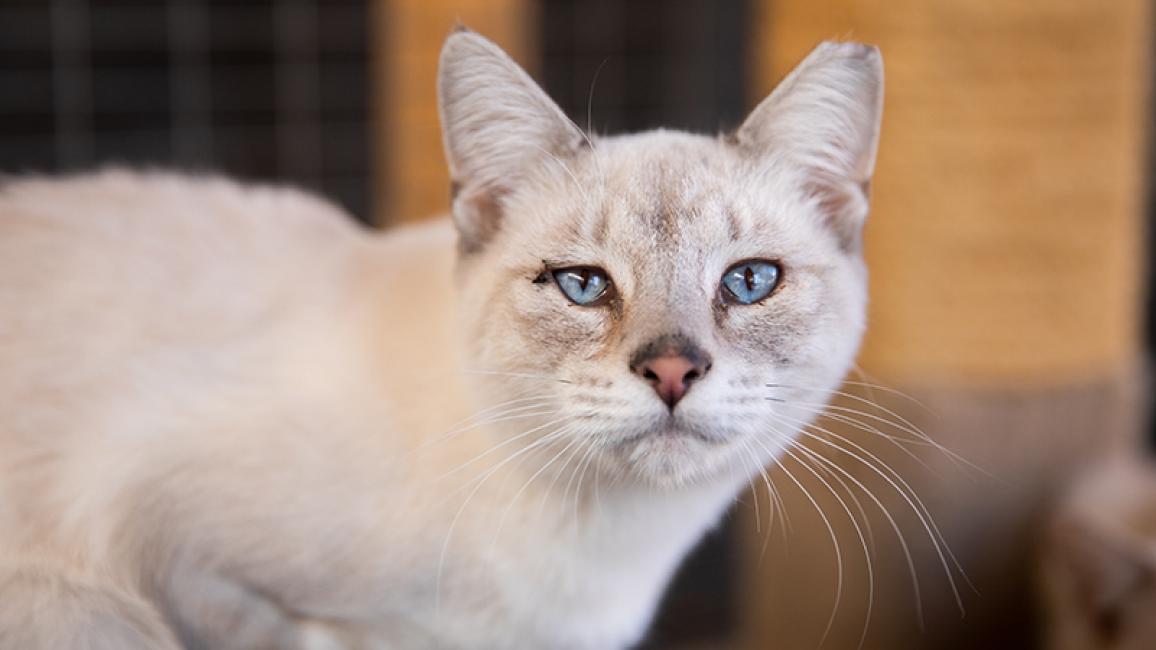Investing in cats will help achieve no-kill

“Cat owners are more irresponsible than dog owners.” This came from the mouth of a shelter director back in the early 2000s when asked by a Best Friends community cat program director why so many more cats were dying in the shelter compared to dogs. Fast-forward 20 years: For every dog killed in shelters, more than two cats are killed, despite dog intake continuing to be higher than cat intake.
Luckily, most shelter directors today don’t share the completely erroneous notion that cat owners are more irresponsible than dog owners. Almost all shelter directors understand that cats and dogs are very different from one another in how they live among us, and they need different solutions to ensure that they don’t die in shelters.
Most places in the U.S. successfully (and tragically) eradicated packs of free-roaming dogs, but cats can more easily live outdoors in groups because they are less visible. These outdoor cats, aka community cats, are enjoyed by the many people, like me, who care for them. And the population of community cats, both adults and their neonatal offspring, is why two-thirds of the pets killed in shelters are cats.
Best Friends has recognized the need to address cats differently than dogs for years. We have invested in cutting-edge programs for cats and we’ve seen the results. Best Friends helped start and fund some of the first large-scale trap-neuter-return (TNR) and return-to-field (RTF) efforts in the nation. We helped begin the Catnippers program in Los Angeles. In the early 2000s, we started a statewide community cat program in Utah, offering low and no-cost TNR services as well as volunteer-run trap depots where cat caregivers could borrow a trap at no charge and learn how to humanely trap feral cats. We helped fund and/or operate some of the first RTF (or shelter-neuter-return) programs and have operated more public-private TNR partnerships than any other national organization in the country.
Along the way, we’ve worked hard to document and share the programmatic details so that others can benefit. And we’ve learned from other experts who have helped transform how we think about and relate to cats in our shelters, experts like those who created the Million Cat Challenge. These efforts shared incredible lifesaving results and fundamentally transformed how a number of shelters handle cats. The programs embraced collaborating not just with our shelter partners, but also with the community members who care for the cats, with the goal of reducing their numbers humanely while saving them from dying in shelters.
This investment has paid off in spades. Best Friends directly ran or invested heavily in 29 partners with community cat programming between November 2016 and June 2019. In looking at how many cats those shelters saved compared to the rest of America’s shelters in 2019, well, even we were shocked. (And we knew they rocked!) Here are a few highlights:
- Those 29 shelters achieved a collective increase in lifesaving of 8,613 cats and kittens, which is 46.5% of the nationwide total increase in cats saved in 2019. Just 29 shelters were responsible for almost half of the increased lifesaving!
- Another way of looking at it is that shelters engaging heavily with Best Friends improved their cat lifesaving at 12 times the rate as shelters that didn’t engage with Best Friends.
So, this is very exciting to us as a way to demonstrate success. However, it’s also very concerning, because it shows that too many shelters aren’t improving their cat lifesaving as we know they can. Despite the incredible investment of Best Friends and others, we know we need to do more for cats. That’s why our teams are continuing to engage more shelters in cat programs. That’s why we are investing in executive learning, coaching and training. That’s why we are ramping up our ability to help shelters get the information they need. That’s why we are incentivizing other no-kill shelters with great cat programs to increase their own mentoring and engagement of shelters that are not yet no-kill.
What are the biggest barriers to overcome? Too many local governments are reluctant to adopt TNR and RTF programs; they will do so only when community residents demand change. And access to affordable spay/neuter services is still a barrier in many places. But, as we’ve seen over and over again, the resources can be built once the political landscape has embraced the concepts. None of it is easy, and yet we’ve seen shelters meet the no-kill benchmark of a 90% save rate in just a year or two once they have been empowered to transform.
So, it’s about investment by all stakeholders: Best Friends can invest in certain strategic initiatives by offering myriad coaching, training, mentorship and partnership opportunities. Shelter leadership can invest the time and energy in implementing these programs. Members of the public can invest their time in ensuring that their local government supports best practices and in taking loving care of community cats.
And if we’re willing and able to do all of this, we will save more lives and help the country achieve no-kill by 2025.
